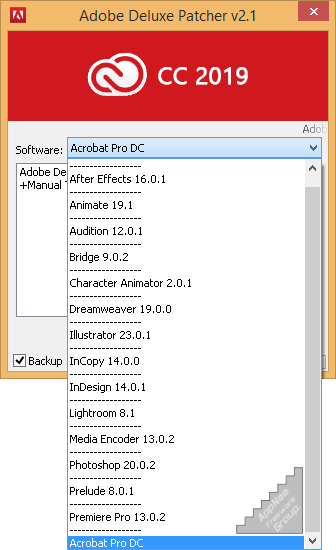

#Marzia 14yo and enza 9yo tv#
Now Rey Guerrero has established himself as Bogotá’s ambassador to the recipes of that region, which have gained recognition since his appearance on the Colombian TV cooking show “La Prueba” in 2014.

The young servers also help decipher the long list of freshly pressed juices like arazá or camu camu.Ĭolombia’s undeveloped and rarely visited Pacific Coast has a set of ingredients all its own, like a shark called a toyo, and an herb called cilantro cimarrón if you wanted to taste them, however, you were probably better off going to the port town of to Buenaventura. The lunch-only menu offers dishes like fried Magdalena River fish, called mojarra, with coconut rice, or the chuleta valluna, a breaded pork chop typical of the rural Cauca Valley outside Calí. Inside, 60 students enrolled in a two-year program do a range of tasks, like roasting their own coffee, which is sold in the cafe working the register and deep-frying plantains to make fritters. It houses the student-run La Escuela, a restaurant and bakery serving inexpensive dishes from remote regions like the Chocó and Arauca. You can smell the freshly baked pan de bono, a corn-based cheese bread typical of Calí, Colombia’s second-largest city, as you walk past Escuela Taller, a school for high-risk youth just down the street from Bogotá’s Capitolo Nacional, the capital building. The recipe for a corn and peanut soup called samai, in fact, comes from a grandmother named Mercedes Tisoy, who serves it during celebrations in the high-altitude Sibundoy Valley, in the southwest of the country.
#Marzia 14yo and enza 9yo how to#
Some ingredients have been overlooked for so long that few can even remember how to use them. We try to present them in a way they’ll understand.” “They call it the ‘potato of the poor,’ or ‘food for pigs.’ All of these tubers seem strange to many people. Martinez thinly slices a forgotten native tuber called guatila like a carpaccio, in the hopes of reintroducing it to local kitchens. With El Panóptico, which opened in 2013, he looks to neglected regional ingredients, many of them from the Andes or the Amazon, like ají negro, a fermented and reduced yucca extract.

Martinez, an agricultural engineer who also owns the restaurant Mini Mal in the Chapinero Alto neighborhood to the north, has worked with several foundations to foster culinary diversity in the country. It has been such a success that a second location was opened in the Zona G last February.Īt El Panóptico, located a short walk from Misia inside the sprawling Museo Nacional, the chef Eduardo Martinez clipped herbs from a pot in the courtyard. Espinosa’s, which features an eye of round roast doused in a rich, dark sauce made with garlic, various spices and an unrefined cane sugar called panela.Įach table is set with bottles of house-made hot sauces and chile-infused vinegars, which can be bought on the way out. The star plate is the posta negra, based on a family recipe of Ms. The restaurant showcases the popular cuisine of Colombia’s Caribbean coast with coconut milk ceviches and house-made cured meats, like blood sausages, and longanizas, made from smoked hen. Leonor Espinosa has been exploring rural Colombian flavors for a decade at her upscale restaurant Leo Cocina y Cava, but in late 2014 she opened the less pricey Misia, a fresh take on traditional snack spots, in a space decorated with hand-painted clay tiles and recycled fruit-crates-turned-lampshades. “We’re seeing not only an increase in the quality of food, and better service in restaurants, but a boom of interesting concepts,” said Gaeleen Quinn, who founded the Bogotá Wine and Food Festival. Until now.Īs Bogotá has increasingly become a melting pot of cultures from every part of Colombia, restaurants focusing on regional dishes and ingredients are opening with regularity. Yet regional Colombian fare from outside the capital has long been the city’s weak spot. There are Southern-style BBQ joints that look straight out of Brooklyn gastro pubs with cocktail gardens and a chain of crepe restaurants that has set up shop in nearly every neighborhood. Certain districts of Bogotá, like the Zona G, seem to have more types of restaurants than they do people.


 0 kommentar(er)
0 kommentar(er)
